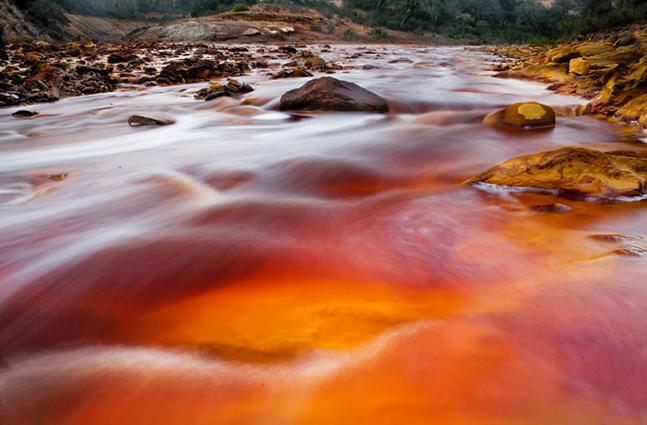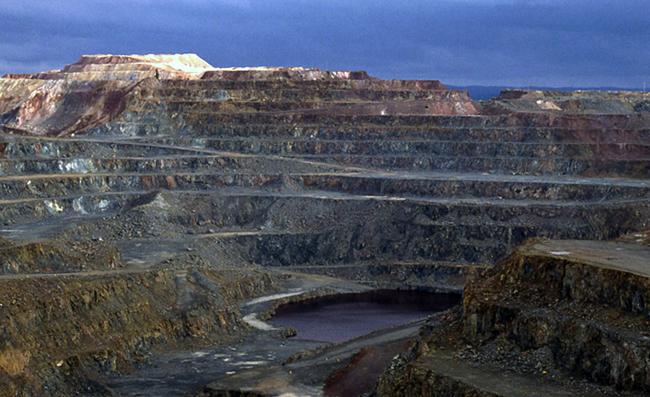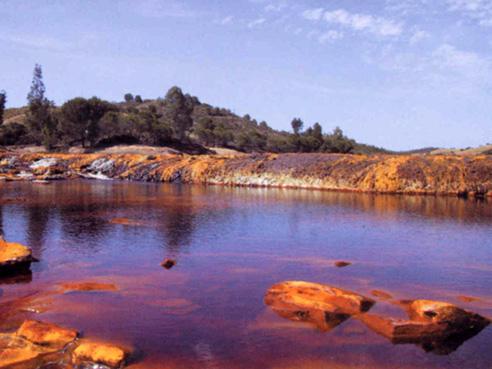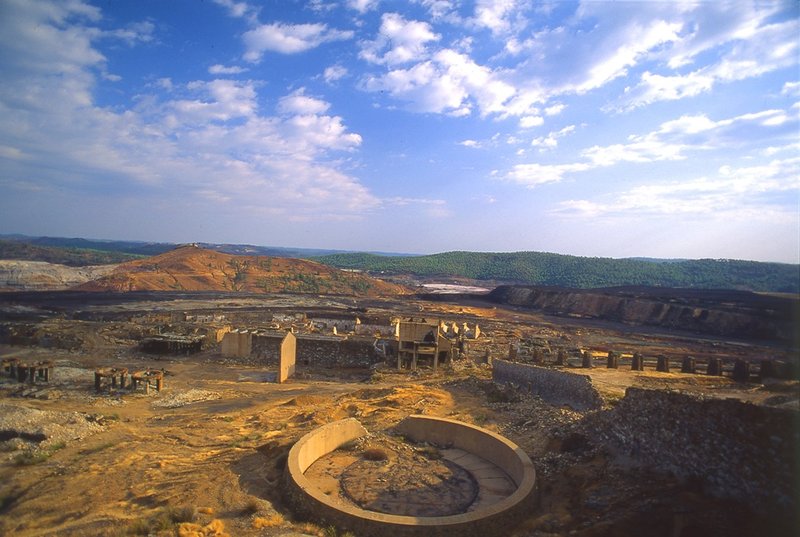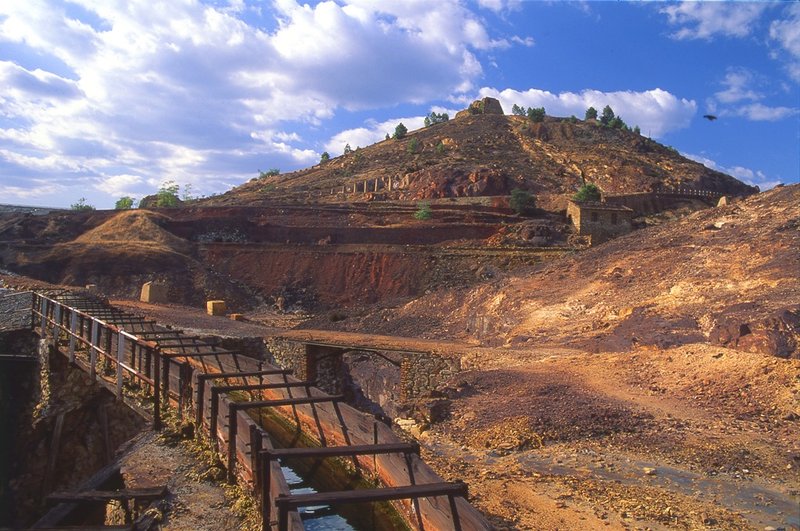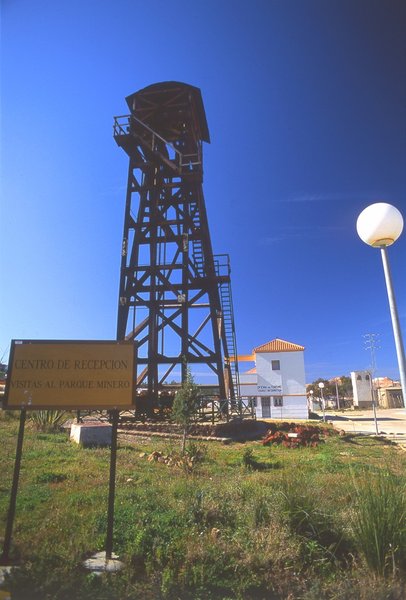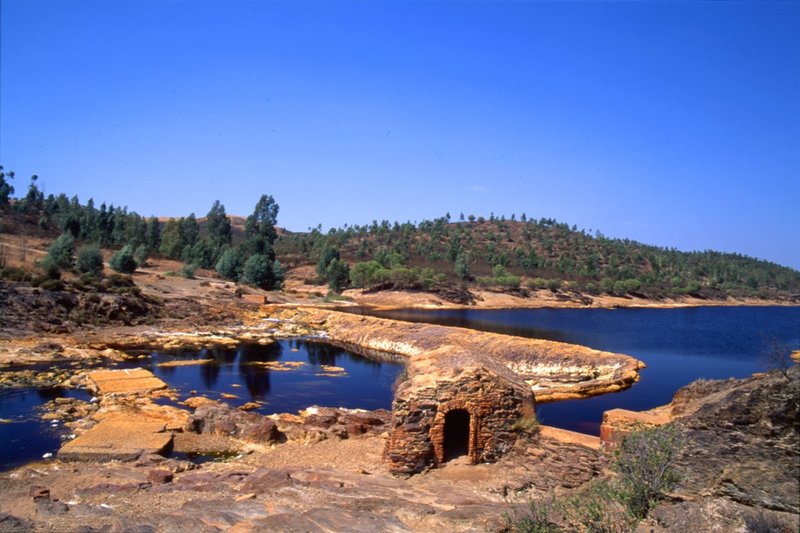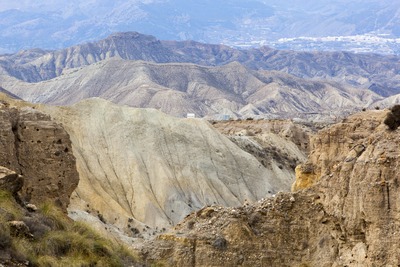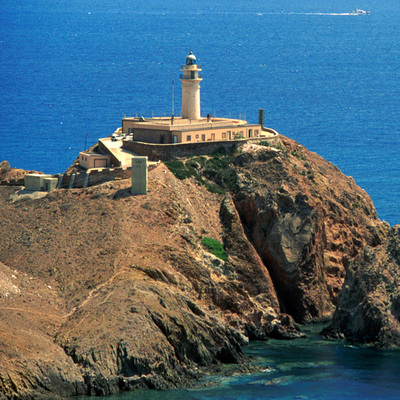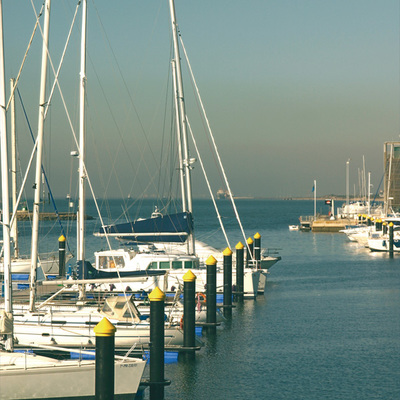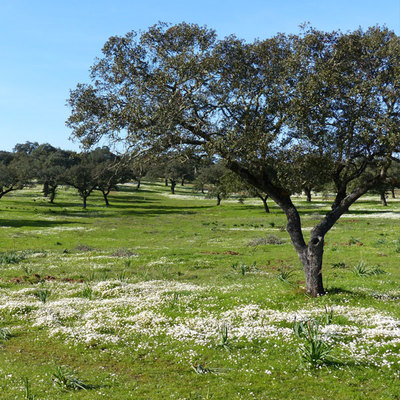Tinto River
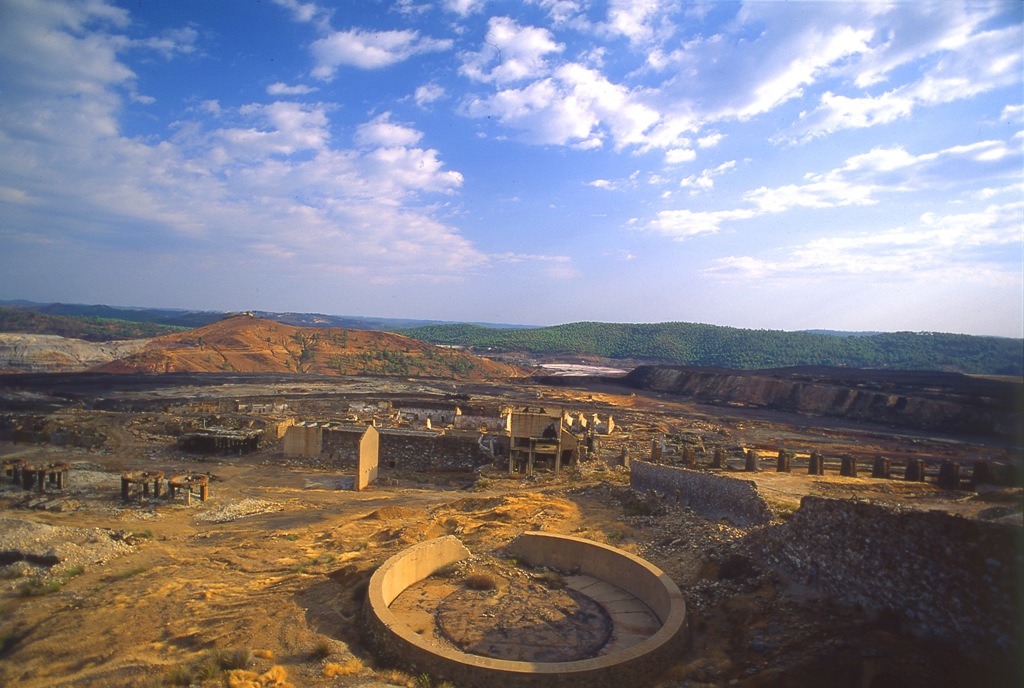
This area takes in the upper and middle sections of the Tinto River. It is unique in the world, both on account of its beautiful colours, and for its exceptional environmental and historical conditions. Europe's largest open-cast mining area can be found around its upper section. It was exploited as far back as Tartessian times, and especially by the Romans.
This long history of mining activity has given rise to a weird and wonderful landscape. The name of the river comes from its red colour, with shades of ochre on the banks. These hues come from the high content of iron salts and sulphates in the water. These, combined with low oxygen content give the water a low (acidic) pH.
Vegetation on the banks of this river is scarce on account of the acidity of the environment, but special mention should be made of the plant known as "brezo de las minas" (heather of the mines). This is an endangered species, endemic to the province of Huelva, and provides food for a vital animal community.
Although you could imagine that life would be impossible in these conditions, the water here is home to a wide diversity of microorganisms adapted to extreme habitats - many are still not scientifically catalogued - that feed on minerals alone. So much so, that area is being studied by the NASA Space Agency to understand these life forms, given the probable similarities between the environmental conditions here and those that could exist on Mars. In the caves and canals of the mining areas different species of bats also nest.
The most surprising thing, however, is the amount of mining infrastructure and elements in the area, that tell the story of a hard but highly important historical stage in the development of Spain. The Peña del Hierro Mine here is specially noteworthy for its depth and for the multicolour lake that has formed at its base.


